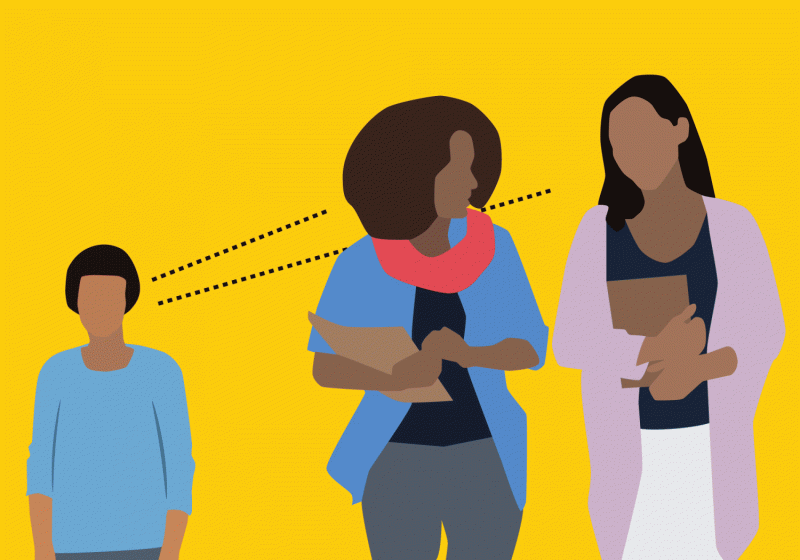Same-race friends, peers tied to puberty-related outcomes among black girls

Girls who develop early are better adjusted when their friends are on a similar timeframe for puberty and of the same race, a new study shows.
The University of Michigan study focused on how African-American girls fit in or stand out socially in their schools based on their physical attributes among same-age peers.
The findings appear in the Journal of Black Psychology.
Research indicates that the girls' pubertal timing, which refers to the age at which they develop in relation to peers, is associated with a range of psychosocial problems, such as depression and early sexual behavior. This study is among the first to factor how race can shape peers' experiences, using a national sample of African-American and Caribbean black girls.
Researchers looked at the influence of same-race friends and peers on more than 600 girls ages 13 to 17, using data from the National Survey of American Life Adolescent Supplement.
The girls were asked about their physical development compared to other girls their age—rating either looking younger or older than most. They also assessed their grades and attachment to school and, the racial component of friends and peers, delinquent behavior among peers, and defiant behaviors.
Girls who perceived their development was early compared to their peers reported better grades, feeling connected to their school and engaged in fewer bad acts, especially those with more same-race friends.
"Thus, it appears that black girls who perceived that their development was more advanced relative to their peers, a group typically considered at risk for negative outcomes, experienced more positive adjustment if they had more racially similar friends," Rona Carter, U-M assistant professor of psychology and the study's lead author.
Having racially similar friends, she added, enables a more accurate self-evaluation of one's pubertal development.
In other words, compared to their peers, these same-race friendships may protect early developing black girls from appearance-related teasing and rumors, the research indicated.
When parents think about puberty in girls, they often think about periods and sex and forget about the physical attributes involved during this time, researchers said. It may be helpful for parents to educate their daughters about the physical changes associated with pubertal development, Carter said.
Researchers said the findings might be similar for black boys, given they too are the first in their age cohort to develop.
More information: Rona Carter et al. Comparing Associations Between Perceived Puberty, Same-Race Friends and Same-Race Peers, and Psychosocial Outcomes Among African American and Caribbean Black Girls, Journal of Black Psychology (2017). DOI: 10.1177/0095798417711024
Provided by University of Michigan

















